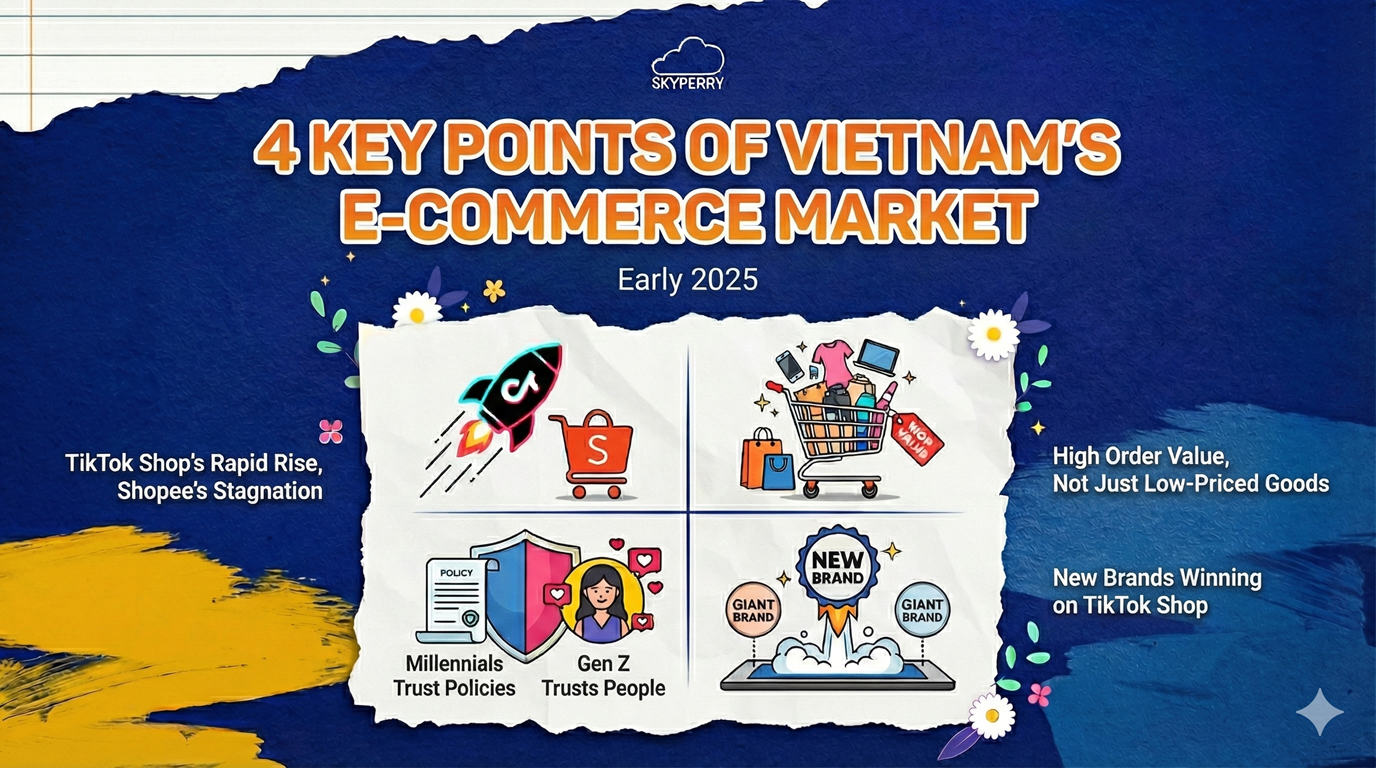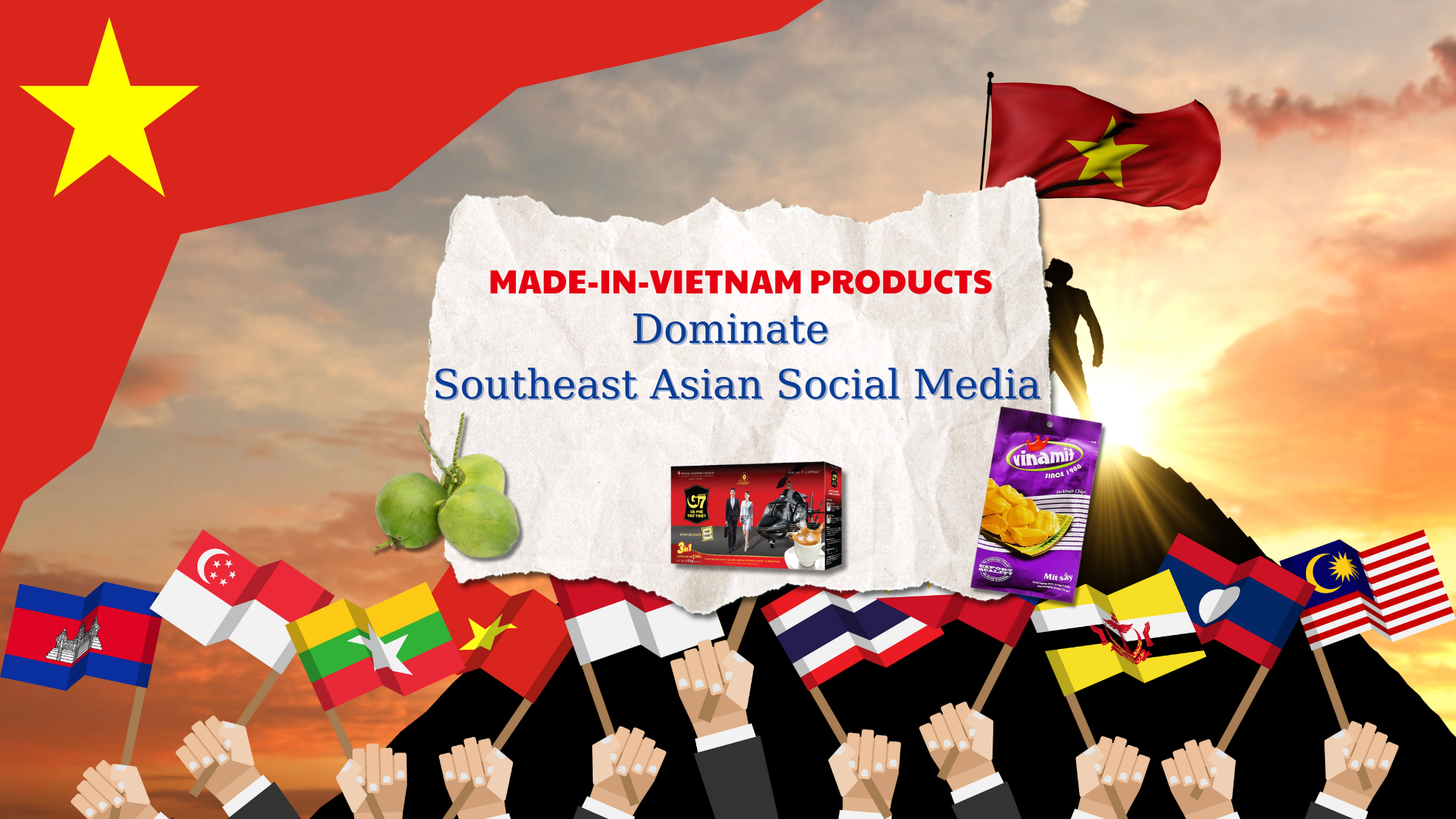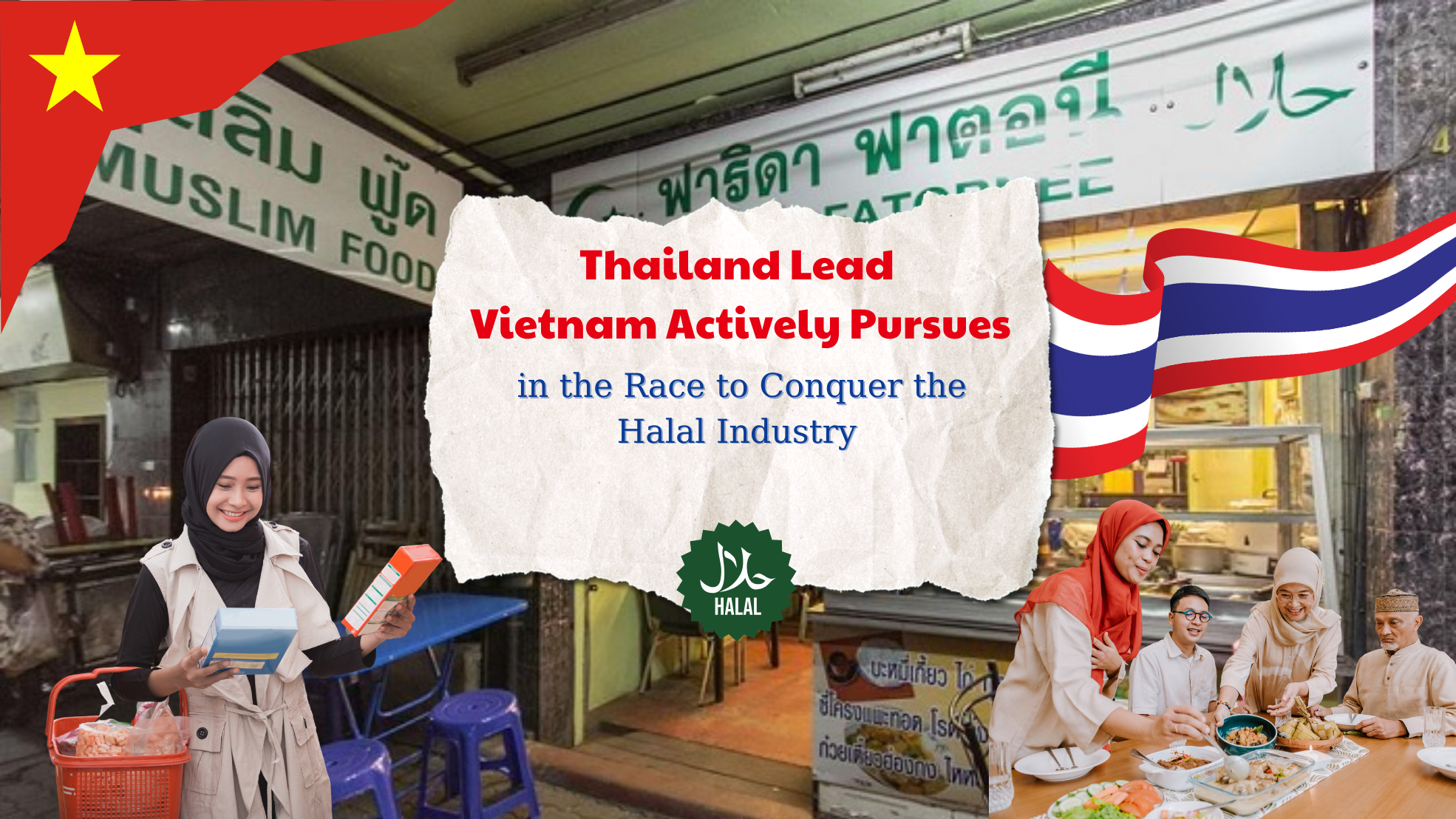Vietnamese cuisine is becoming a trending topic on Thai social media, with special attention from the young community, especially the Gen Z generation. From videos reviewing dining experiences when traveling to Vietnam, to the trend of cooking Vietnamese dishes at home, all are creating a “Vietnamese wave” on TikTok, YouTube, Instagram and Threads.
Starting from Thai influencers traveling to Vietnam
The start of this trend was famous Thai travel vloggers and lifestyle influencers such as Cheesie, Pairry, MayyR or อีจัน, who went directly to Hanoi, Da Nang, Ho Chi Minh City and made a series of videos experiencing Vietnamese cuisine. One of the most prominent videos is the clip “กินอาหารเวียดนามทั้งวันในฮานอย” (Eating Vietnamese food all day in Hanoi) by Cheesie, attracting more than 2 million views in just three months. In the video, Cheesie gives a lot of praise to Vietnamese dishes: from pho, banh cuon to iced milk coffee. “อาหารเวียดนามสะอาด สด และไม่มันเลย” (Vietnamese cuisine is clean, fresh and not greasy at all), she commented.
After each trip, many young Thai people share their Vietnamese culinary experiences on TikTok, Instagram Reels, creating a series of “culinary memories” that spread naturally. Also from such travel videos, the Top Fruit Viet Thai Phuc mango budding sandwich product is a product recommended by many influencers as a must-buy when traveling to Vietnam.
Video influencer Thai Tuk Little Monster with 5 million followers reviews Top Fruit mango pudding from Viet Thai Phuc
The trend of “trying Vietnamese food at home” is spreading on Thai TikTok
Both cuisines use a lot of fresh vegetables, dipping sauces, and light but flavorful dishes, so Thai people easily accept Vietnamese food. That is why many food bloggers on Thai TikTok also bring Vietnamese food into their kitchens. The trend of “Vietnamese food cooking challenge” – trying to make Vietnamese food at home – is spreading with dishes such as banh mi, goi cuon, nem ran (spring rolls), bun bo Hue… A TikTok user shared in a clip of cooking bun cha: “ทำเองก็อร่อยเหมือนกินที่ฮานอย” (Cooking at home is as delicious as eating in Hanoi). The video received more than 500,000 views and thousands of positive comments.
Video of making Vietnamese spring rolls goes viral on TikTok by influencer Fromfattofitdiaryy
It is worth noting that this trend is driven by the fact that Vietnamese ingredients are becoming easier to find in Thailand. Major supermarket chains such as Tops, Lotus’s, Big C have been selling imported products from Vietnam such as rice paper, fish sauce, dried vermicelli, pork roll, and packaged herbs. At the same time, Vietnamese restaurants such as banh mi, bun thit nuong, pho, and goi cuon are increasingly appearing in Bangkok and Chiang Mai, opened by Vietnamese people or Thai people who learned the recipe.
Besides food, Vietnamese consumer products such as filter coffee, mango pudding, rice snacks or Hao Hao noodles are also attracting attention on social networks. On the Pantip forum, a user wrote: “Vietnamese coffee is probably the best in the world”, along with a picture of a cup of iced milk coffee bought at a Vietnamese shop in On Nut, Bangkok. In convenience stores like 7-Eleven or supermarkets, Vietnamese products have begun to appear more frequently, from fish sauce to instant coffee.
Vietnamese cuisine is associated with the definition of “healthy living” in the eyes of Thai people
Since Covid-19, Thai people have gradually focused on eating healthy and good for their health. Thai cuisine is also very balanced, but they tend to eat a lot of spices, especially sugar. When consumers tend to focus on eating healthier, Vietnamese cuisine is welcomed.
One thing that makes Vietnamese cuisine leave a strong impression in the eyes of Thai people is the abundance of fresh vegetables. On Threads, a user wrote: “Vietnam is a country of vegetables”, and further explained: “When ordering food, surprisingly many vegetables are given”. The freshness and balance of Vietnamese dishes help shape the image of Vietnamese cuisine associated with a healthy lifestyle.
Opportunities for Vietnamese businesses that quickly embrace the trend
See more: Changes in consumer trends in Thailand in 2025 open up opportunities for Vietnamese brands
Although many Vietnamese businesses were once hesitant to enter the Thai market due to high competition and loyalty from domestic consumers, the wave of love for Vietnamese cuisine on social media is opening a new direction. Influencers not only act as inspiration but also as a strategic marketing channel to help Vietnamese products and brands get closer to Thai consumers. Many Vietnamese brands are looking to the influencer collaboration model to introduce products through review videos, cooking instructions, and even livestream sales. The SEA-Commerce program is currently one of the leading platforms in connecting Vietnamese businesses with Thai influencers, supporting both promotion, export, and product distribution via social media.
In the context of increasingly digitalized culinary culture and social networks becoming a space that greatly influences consumer behavior, Vietnam has a clear opportunity to expand its market in Thailand – not only with delicious products but also with user stories and emotions.



